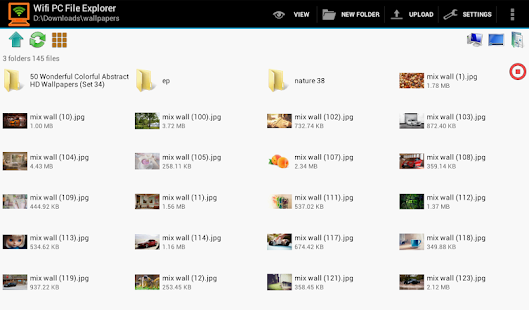
SD cards (and USB flash drives, etc.) are generally made from low-grade flash, so endurance is also poorer - but as long as you don't store mission critical data on there without backups, it's fine.

It'll work fine, but keep in mind the drastic performance difference between a modern NVMe SSD (pushing at least 1,000 MB/s peak read/write - and many can do 3x or more than that) and a MicroSD card (the fastest ones can deliver around 100 MB/s - slower than a mechanical hard drive). Has anyone used this set-up for any extended amount of time? Did you have any problems? With the SP7 I'm planning on a "install and forget" approach. I've pretty much always been using MicroSD cards on my phones and had trouble with them becoming corrupted after a while - But these were also relatively frequently taken out and moved back in to the phones, which may have contributed. I think the 128GB ought to be enough for installing all the apps I need, so the additional 512GB would go entirely to file storage. Class 10 U3 cards have pretty decent read/write speeds, but I have no idea how that compares to an actual harddrive. So I'm considering getting a min-spec SP7 and extending the 128gb of storage by spending an additional 100 or so on a 512 GB MicroSD card. I'd like to get my hands on a surface pro, but the prices for anything other than the base models are really crazy, especially since the prices here in Europe seem to be a roundabout 200€ slapped on top of the (already high enough) US pricing, just because. We highly recommend using the ASIAIR Wi-Fi connection method due to its ease of use.Title basically says it all. These vary in ease and convenience depending on your own set up. There are three main methods of downloading image data from the ASIAIR. Using the IP address is not possible when using the wired LAN port. Connect the ASIAIR to your network using the LAN cable port and access the ASIAIR by name. This method is similar to using the Wi-Fi connection but this time utilizes the wired LAN connection. You can copy the files from this location to your computer. You will find an ASIAIR shared directory which is set to read-only for security. Or alternatively using the following IP address: An alternative method is to access the ASIAIR image data via the ASIAIR Wi-Fi connection.Īfter connecting to the ASIAIR Wi-Fi network, open the computers File Manager and enter the following in the address bar:

The use of an SD Card Reader is simple, but removing the SD card from the ASIAIR is inconvenient. Access via ASIAIR Wi-Fi Connection (Recommended Method) You can delete these images if you are short on drive space on the ASIAIR or leave them in place if you wish.Ģ. You can then copy the image files from this directory onto your PC.

Click the drive marked BOOT and then select the Images directory. Press Cancel – then double click This Computer to open the File Manager. You will lose all data on the card including the ASIAIR operating system if you format the SD card! You MUST select CANCEL at this point else you will format the ASIAIR boot system.
#MOUNT SD CARD WIFI EXPLORER PRO PC#
Insert the SD card with the red lettering face up and then plug the card reader into your computer’s USB port.Ī Windows 10 PC will prompt you to format the card – STOP! The SD card reader is easy to use and also included in the box with your ASIAIR, or you can use your own SD card reader if you prefer. Transferring Images from ASIAIR to your computer With ASIAIR there are three main methods to copy your data from the device to your PC. The next step after a long night imaging is transferring the data to your PC for processing in your favorite software.

AugZWO ASI Camera Uncategorized 12 Comments


 0 kommentar(er)
0 kommentar(er)
